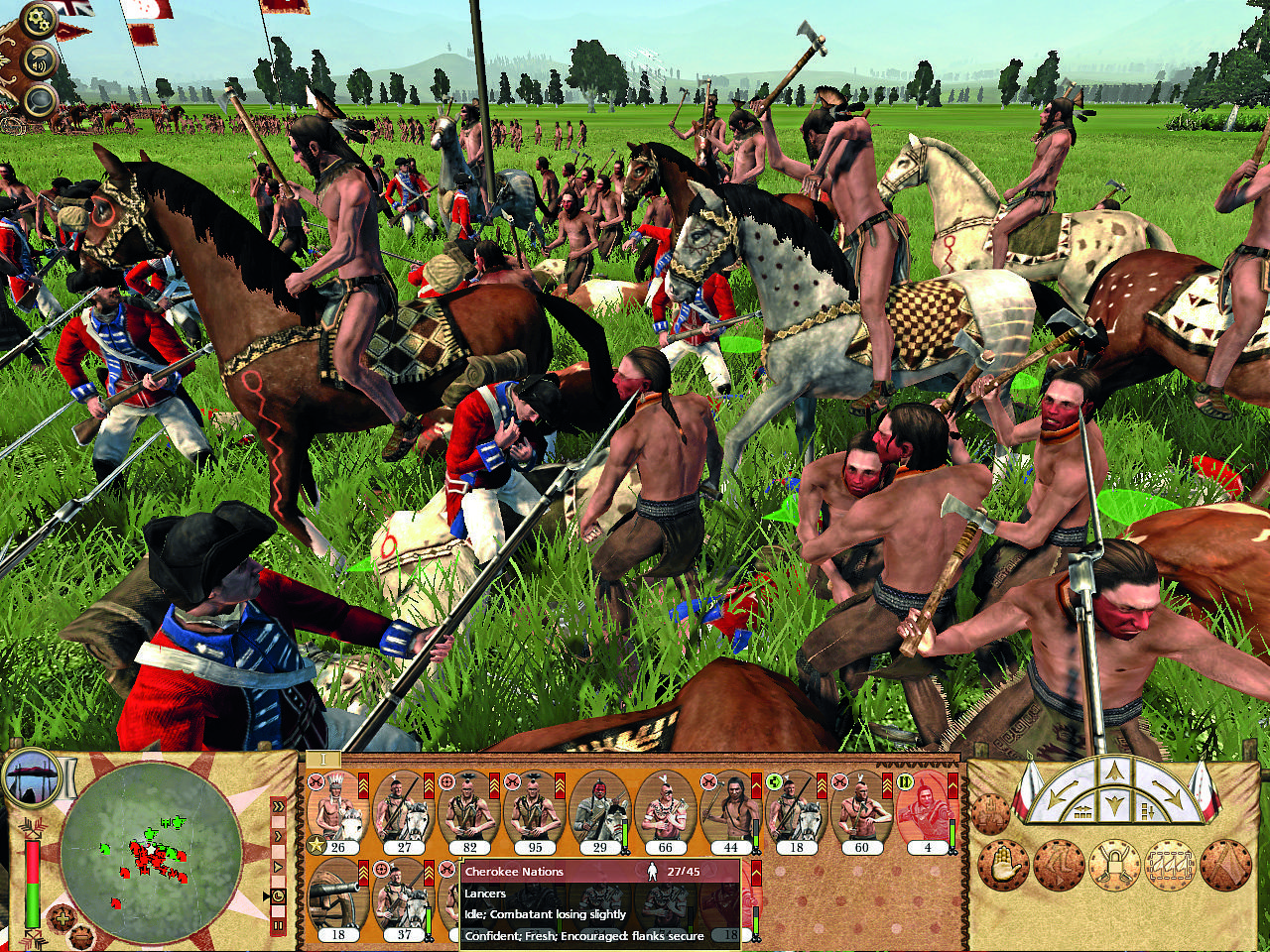Why you can trust 12DOVE
How all this infrastructure builds up will depend largely on your schools, which allow you to research different streams of technology. An empire can have up to four educational establishments and use them to research many different technologies at once. Balancing the flow of your funds is a constant challenge. Putting all of your money into industry and military research might give you an edge on the battlefield, but it will leave your populace undeveloped and result in negative sentiment in the electorate. If you don’t let your academics develop democracy, you might have a domestic revolution on your hands.
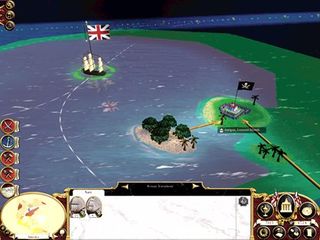
One of the new agent types is a ‘gentleman’ and these can be installed in schools to speed up learning. This means you can push industrial, military, agricultural, or social research at different levels and reap the rewards. In fact, the tech tree and research process is one of the areas that Empire seems to have nailed down best. It’s genuinely satisfying to see your efforts poured into agriculture result in a leap in taxation profits from farming. Or to know your men are going to fight more effectively on the battlefield because they’ve got well-made bayonets on their muskets. Early races into particular areas of technology really do pay off, especially when you combine them with the diplomacy screen, trading technological supremacy with your friends for advantage over your enemies. Truly, this is a multi-layered game of cold-blooded strategy.
It’s the thirst for detail – much of it historically accurate, some of it simply entertaining – that defines the entire game. It’s on the turn-based campaign map that we see the best of it. It’s now genuinely possible for a region to become war-torn, as enemy units occupy and torch outlying settlements – devastating your infrastructure if your armies remain safely garrisoned inside a fort or walled city. Seeing the columns of smoke rising reminds you how much work you still have to do.
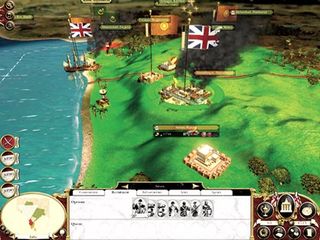
With new depth-of-field effects and wispy clouds floating above it, the campaign map is visually arresting. But it’s imaginatively arresting too, as you zoom out and witness the scale of the thing: from the Mid West of North America to the Far East. Then zoom back in and look at the little details, such as the single faction nations: the Knights of St John occupying Malta, for example, or even a pirate outpost on the Windward Isles of the Caribbean. It’s exquisite.
What is even more thrilling, although currently unseen and untested, is that Creative Assembly intend to make the campaign map multiplayer. This feature won’t ship with the release version of the game, but within a couple of months you and a friend could be taking on the AI nations in a battle for 18th-century dominance. We can’t score a game on what it’s going to contain in the future, of course, but it’s worth mentioning, because hey, it’s exciting.
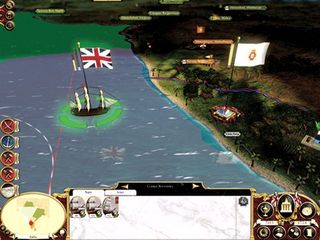
Of course, most of those layers of government, from construction to policy, can be left to the auto-management of the game, leaving you to perform the most cursory state management and unit production, and to concentrate on the thing that truly beats at the heart of Total War: the battlefield itself. While being a great statesman is very useful, victory will ultimately be decided by war. To take the regions required for a grand campaign win condition will always result in armed conflict, and that means spending some time on the battle map, where a human mind is always better than an automated conflict.
Here too the sheer weight of ideas produced by the Creative Assembly team is in evidence. The battlefields are vastly more detailed than ever before, especially around towns, with the smaller scale details now coming into effect in the form of battlefield defences, use of buildings by troops, and accurate cover. Battles play out more convincingly than in previous games. There’s still some errant unit activity, but we’ve seen little evidence of units sitting around waiting to be killed, or getting lost entirely.
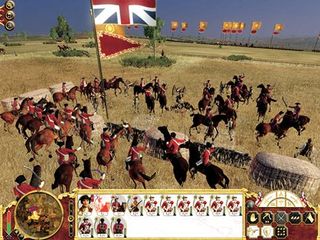
More info
| Genre | Strategy |
| Description | Immense and intensely detailed, Empire: Total War is a must buy for strategy gamers. |
| Platform | "PC" |
| US censor rating | "Teen" |
| UK censor rating | "16+" |
| Release date | 1 January 1970 (US), 1 January 1970 (UK) |

Nintendo says the Switch 2 "isn't simply an improved Nintendo Switch, we redesigned the system from the ground up," and after 8 years, I'd sure hope so

Japan's "multi-language" Switch 2 costs 20,000 more yen, or $130 more dollars, than the Japanese-only version
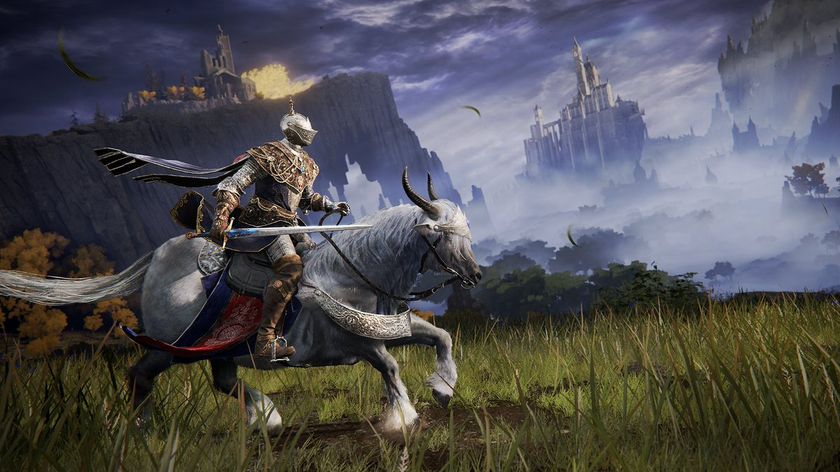
Elden Ring is getting a fancy new name on Switch, new weapons and armor, and new horse clothes on all platforms
